This podcast found in:
- Raw RecipesRaw Recipes Index
- MoreGoodies, About, Praise + More
- StoreApps, Courses + More
- CelebrateSeasonal Suggestions
- New To Raw?Start Here
- WellnessCreating Healthy Habits
- CommunityRawtarian Community
Hello Beautiful!
It looks like you're new to The Rawtarian Community. If you'd like to get involved, click one of these buttons!
Login to Community Signup for an account Login using FacebookTrending Community Recipes
Latest in the Community Forum
-

+256754810143 Strong Love Spells To Get Ex-Love, and Black Magic Revenge Spells Offered By Dr. Kadu.
mamanamatovu - 3 hours 6 min ago -

+256754810143 } Death Spell / Revenge Spells Caster In U.s.a U.k, Sweden Switzerland,america,
mamanamatovu - 3 hours 7 min ago -

+256754810143 } POWERFUL BLACK MAGIC INSTANT REVENGE SPELL CASTER IN UGANDA, NETHERLANDS, SPAIN
mamanamatovu - 3 hours 9 min ago -

@@@$$$+256754810143 } Powerful Revenge and Death Spell Caster in UK CANADA voodoo DEATH SPELL,
mamanamatovu - 3 hours 19 min ago
-
- Community









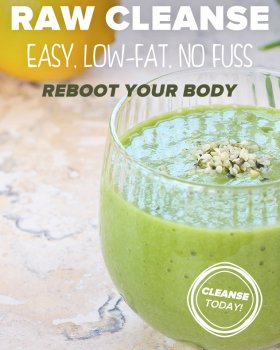











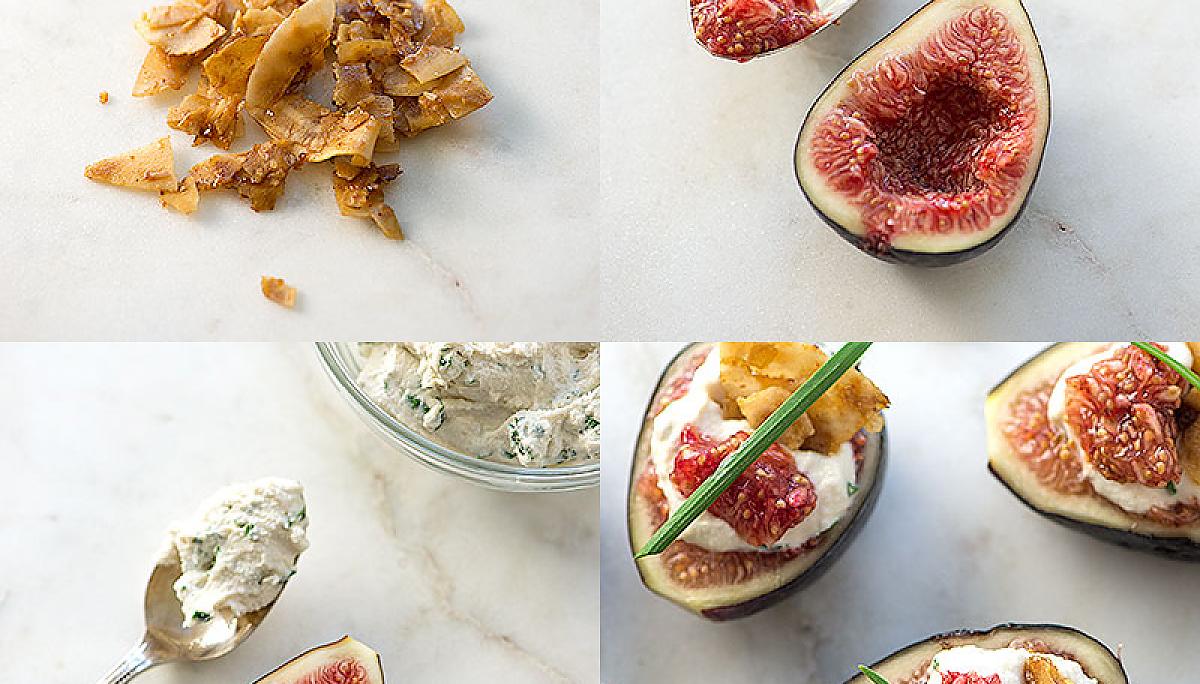
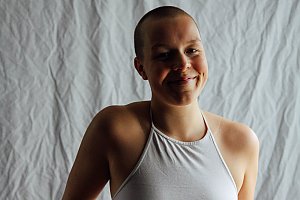
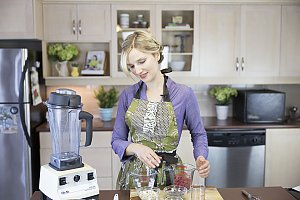
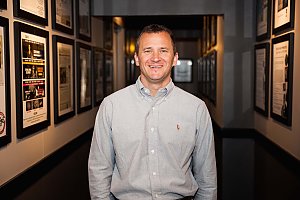
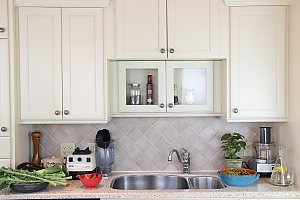
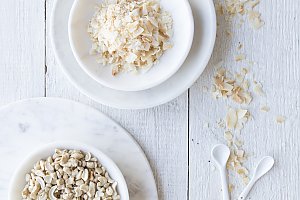
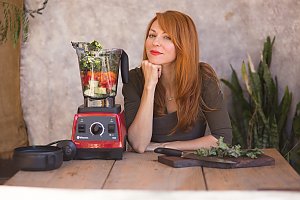
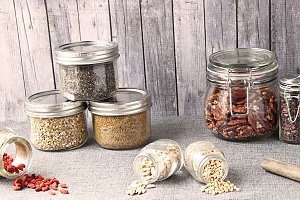
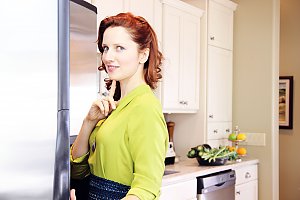
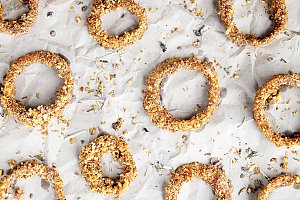
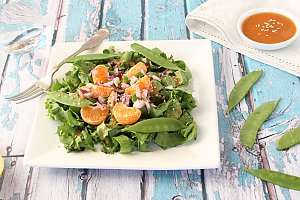

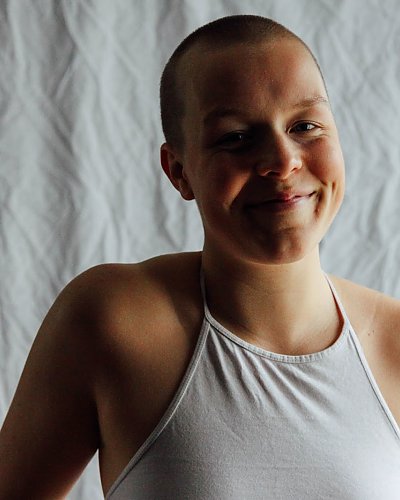
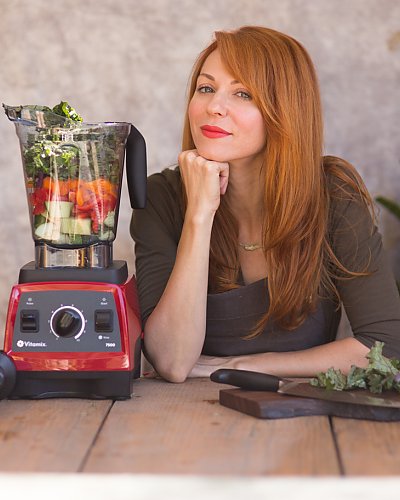
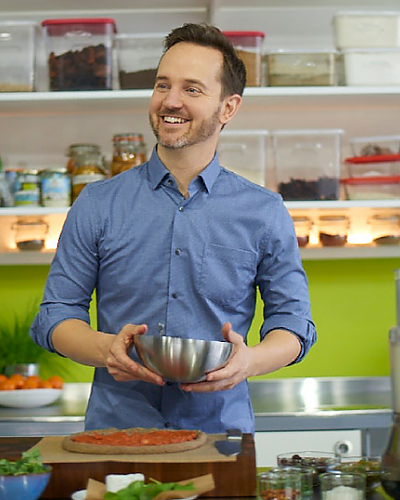
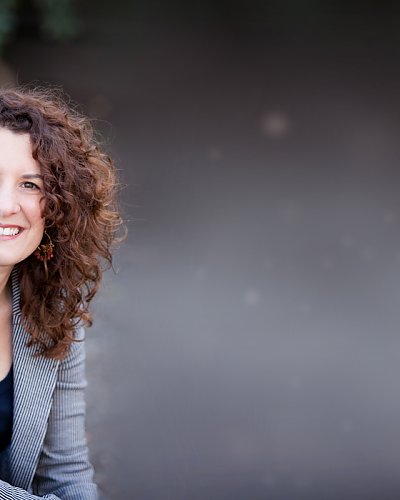





















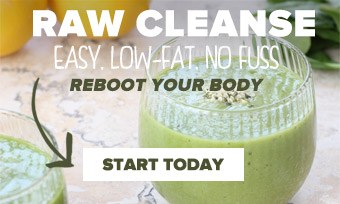
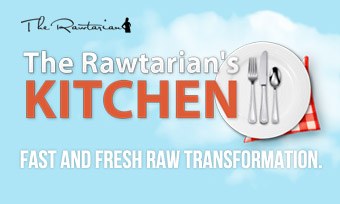
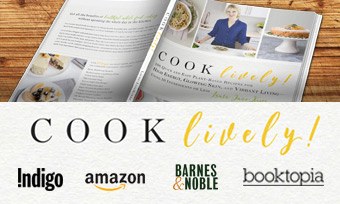
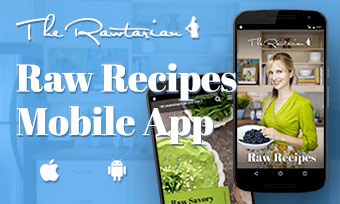
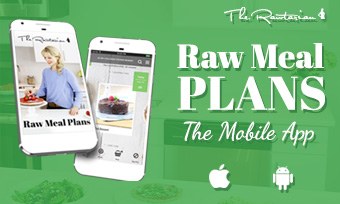



Top voted
All
Leave a Comment
The Rawtarian wants to hear from you! Let's get the conversation going! Leave a comment or review below.